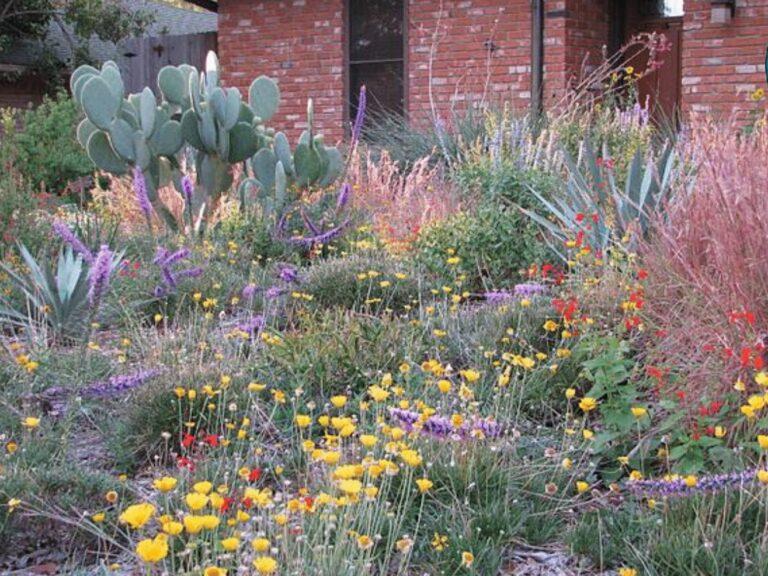Winter Recovery and Spring Preparation: A Guide to Yard Maintenance in Texas
01/17/2024

As winter recedes and Texas residents emerge from the grip of a hard freeze, it’s time to turn attention to yard maintenance. The harsh winter conditions in Texas can take a toll on landscapes, but with proper care and strategic planning, your yard can not only recover but thrive. This article will guide you through the post-hard freeze recovery process and help you prep your yard for spring using native Texas plants that are resilient to the weather.
Post-Hard Freeze Yard Recovery:
Assessing the Damage:
- After a hard freeze, it’s crucial to assess the extent of the damage. Look for signs of frost damage on plants, including wilted or discolored leaves. Trim back any dead or damaged branches to encourage new growth.
Soil Inspection:
- Check the soil for any signs of compaction or damage. If the soil is compacted, aerate it to improve drainage. Consider adding organic matter to replenish nutrients and enhance soil structure.
Watering Carefully:
- Adequate watering is essential, especially for plants that may have suffered dehydration during the freeze. Be mindful of overwatering, as waterlogged soil can exacerbate damage. Watering early in the day allows the soil to absorb moisture before temperatures drop again.
Mulching:
- Apply a layer of mulch around plants to insulate the soil and protect the roots from temperature fluctuations. Mulch also helps retain moisture and suppress weeds.
Prepping Your Yard for Spring with Native Texas Plants:
Choosing Resilient Native Plants:
- Opt for native Texas plants that are well-adapted to the local climate. Some resilient options include Texas Sage, Black-Eyed Susan, and Greg’s Mistflower. These plants are not only hardy but also attract local wildlife, promoting biodiversity.
Planting Timing:
- Plan your planting for spring, ensuring that the risk of frost has passed. Native plants are well-suited to Texas weather conditions and, once established, require less maintenance than non-native varieties.
Proper Planting Techniques:
- Follow recommended planting guidelines, including digging holes of appropriate depth, spacing plants adequately, and providing proper irrigation during the establishment period.
Regular Maintenance:
- Regularly prune and remove dead or diseased plant material to promote overall plant health. Native Texas plants often require less maintenance but benefit from periodic care to encourage robust growth.
Water Conservation:
- Implement water-conservation practices by grouping plants with similar water needs together. Consider using rain barrels to collect and store rainwater for irrigation.
Wildlife-Friendly Landscaping:
- Encourage biodiversity by incorporating plants that attract local wildlife such as birds and butterflies. This not only enhances the beauty of your yard but also contributes to the ecosystem.
If you are unsure where to start you can always check out organizations such as the Native Plant Society of Texas for informative events and seminars. By taking proactive steps to recover from the winter freeze and strategically planning your spring landscaping with native Texas plants, you can create a resilient and vibrant yard. Embracing the natural beauty of Texas through native plants not only ensures a thriving landscape but also promotes sustainability and environmental stewardship.